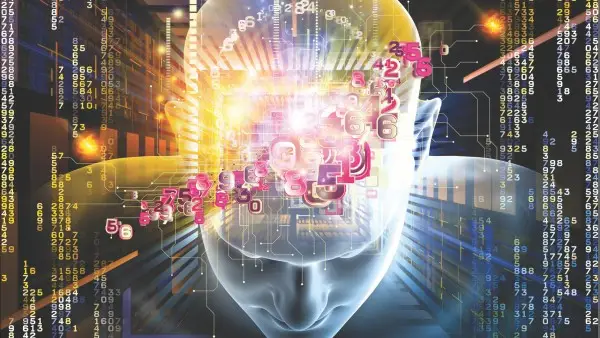Artificial Intelligence - Part I
We have been introduced to the concept of robots many years ago through Hollywood movies and fictional novels. It was surely amazing to see them for the first time. We all would have wondered how simple our life would be if we had such robots. A robot is nothing but a machine which can carry out complex tasks.
When robots and computers were invented it soon became evident that such machines have a very high potential. It was established long back that their speed of calculations and analysis is very much higher than that of human brains. Although machines provide a helping hand in the work of humans, they do not have the ability to take their own decisions. In spite of such limitations, they have indeed turned out to be great assets in recent times. The scientists know that if ‘thinking’ machines could be created, it would give rise to a big revolution. With this objective, experts from different fields came under one roof to invent a technology which would give ‘thinking’ ability to machines or computer programs. They tried to impart intelligence in machines which would make them work intellectually just like human beings. This field of science has been named ‘Artificial Intelligence’ and this stream has made rapid progress in past couple of decades.
John McCarthy, an American computer scientist introduced the concept of Artificial Intelligence (AI). He tried to study the common, specific traits of humans and their thinking ability. The primary purpose of AI is to inculcate the human ability of making decisions through experience into computers, machines and robots.
Many people might have played chess and cards games with computer. These games actually are applications of AI.
A British mathematician and computer scientist, Alan Turing, who has made remarkable contribution in the field of Artificial Intelligence, introduced the ‘Turing Test’ to the world. Turing test measures the intelligence of machines and compares it with humans. In 1945, he had predicted that in future, certain programs would be designed which would be able to play the game of Chess. In subsequent years, various computer programs for playing chess were developed with the application of Artificial Intelligence. And this proved to be a major milestone in the field of Artificial Intelligence.
During a conference in 1950, while commenting on the ‘Turing Test’, Alan Turing put forward the question, “Can machines think?” As it was difficult to immaculately explain the process of thinking, he tried asking this question differently, “Is it possible for machines to imitate human beings?” After this while answering many of his critics Turing laid forth the idea that special programs or algorithms that can in fact create the thinking mechanism in machines.
Almost 50 years later, in 1997, technology giant IBM developed a super-computer that emerged victorious in a game of chess against the then champion, Garry Kasparov. The name of this computer was ‘Deep Blue’. This was considered a huge leap in the field of computers. Although this computer was supported by very powerful processors and operating systems, the principles of AI played vital role in its operation. It was believed that ‘Deep Blue’ was capable of processing and analyzing 200 million moves at one time and then select the finest among them.
Today knowingly and unknowingly, we use applications of Artificial Intelligence in many places. Among the most common, it is found in many video and mobile games. The algorithms or programs used for deciding the next move in the computer games also work on the same mechanism as this move depends on the previous move made by the user and cannot be pre-determined. In ‘Xbox 360’, the motion sensor ‘Kinect’ is used. Wide research work was carried out using the field of AI for creating this sensor. We have noticed applications and ‘personal assistant’ programs on our smart phones. Apple’s ‘Siri’ and Google’s ‘Google Now’ are two such programs, now easily available for use. All these apps are based on AI. In today’s world, these programs act just like physical assistants. Such programs require very minimal instructions and the interaction with them is also similar to what one would have with another human being. (to be continued...)

